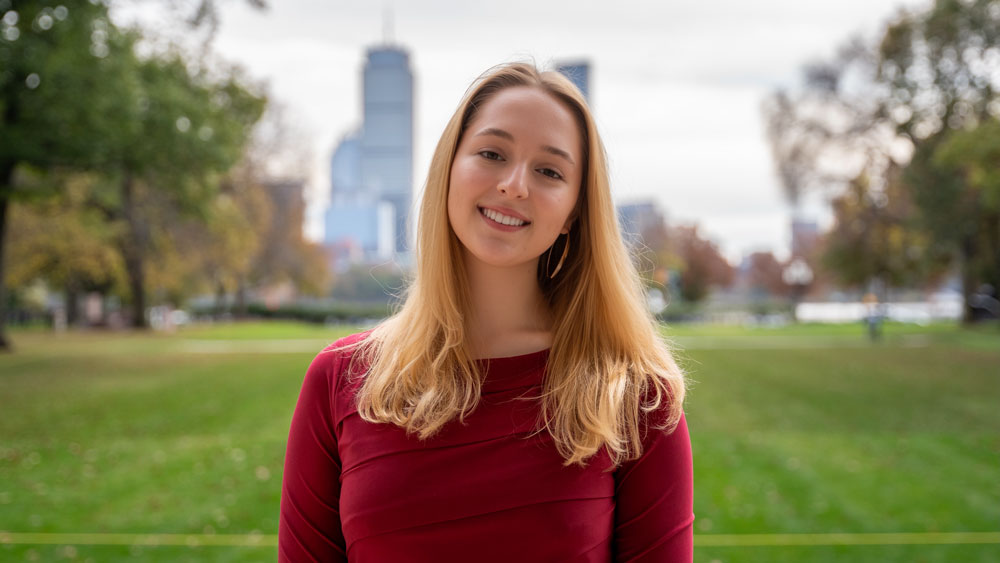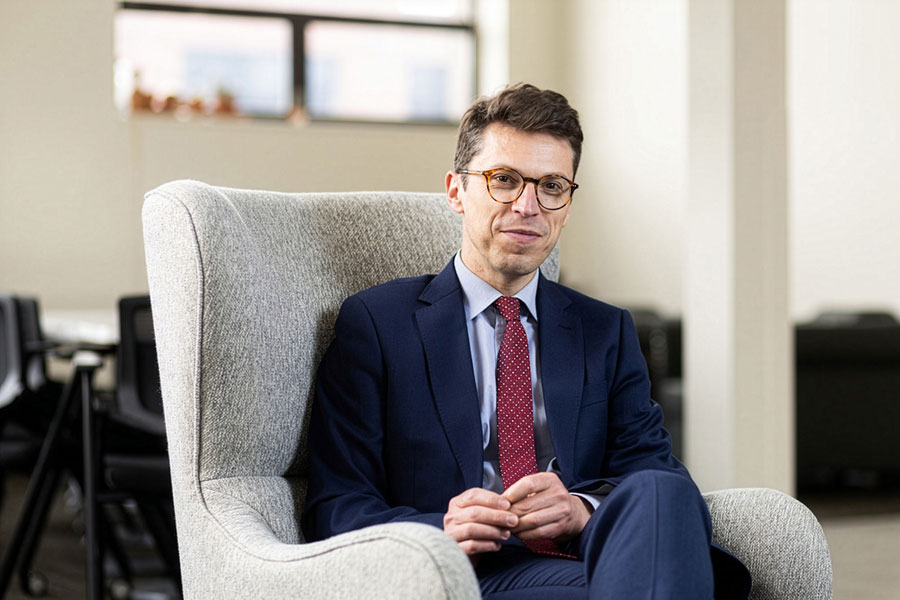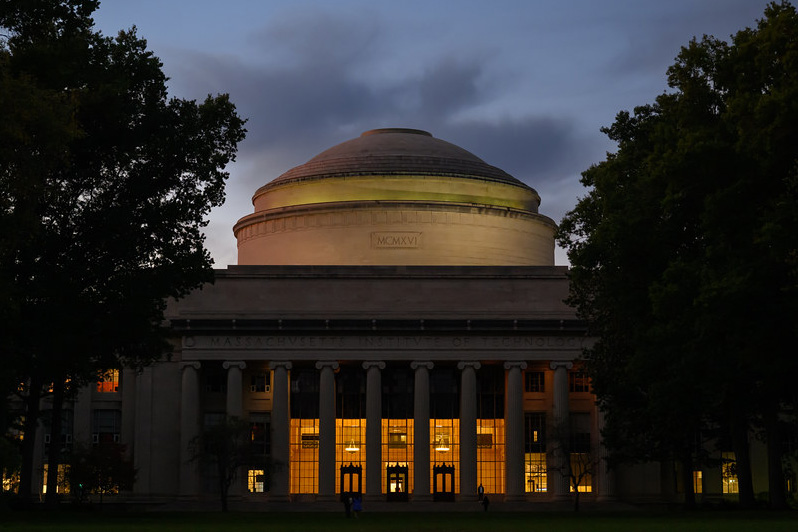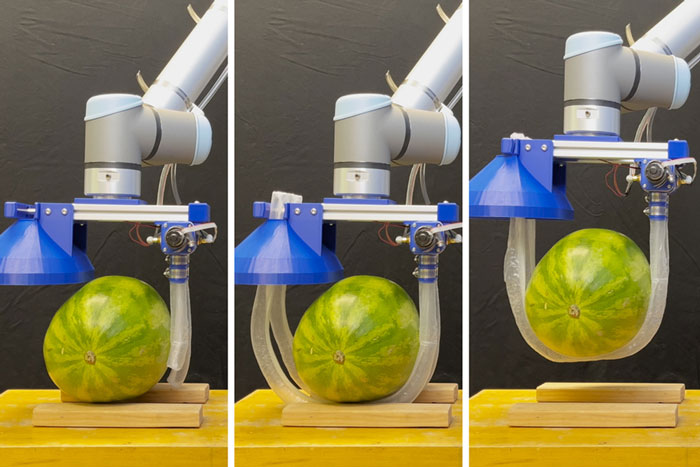Research and Education that Matter
Nuno Loureiro, a professor of nuclear science and engineering and of physics, has died at 47. “In the face of this shocking loss, our hearts go out to his wife and their family and to his many devoted students, friends and colleagues,” President Kornbluth said.
“We are grateful to all who played a part in identifying and tracking down the suspect in the killing of Prof. Loureiro. Our community continues to mourn and remember Nuno — an incredible scientist, colleague, mentor, and friend.”
Inspired by vines’ twisty tenacity, engineers have developed a robotic gripper that can snake around and lift objects. The robot can safely and stably lift a variety of heavy and fragile items; a larger version can safely lift a human out of bed.
A new way to deliver therapeutic antibodies could be much easier on patients, replacing time-consuming transfusions at the hospital. Chemical engineers packaged high concentrations of antibodies into microparticles that can be injected with a standard syringe.
In a world without MIT, radar wouldn’t have been available to help win World War II. We might not have email, CT scans, time-release drugs, photolithography, or GPS. And we’d lose over 30,000 companies, employing millions of people. Can you imagine?
Since its founding, MIT has been key to helping American science and innovation lead the world. Discoveries that begin here generate jobs and power the economy — and what we create today builds a better tomorrow for all of us.






